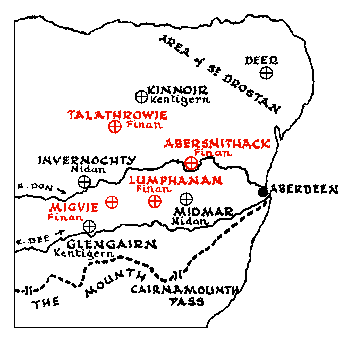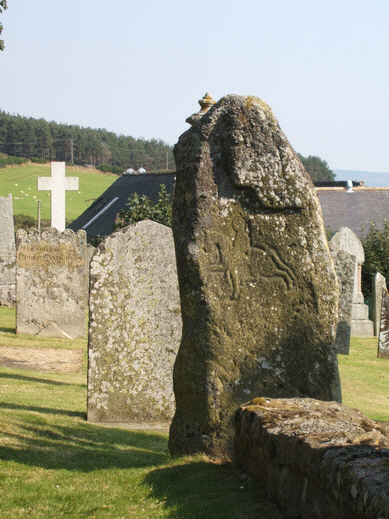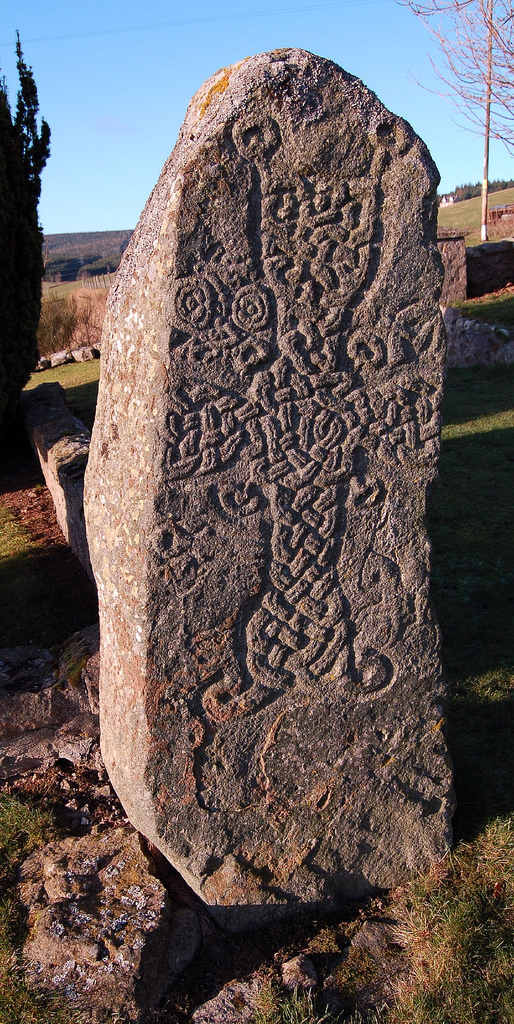St Fínán of Aberdeen
Two of those who accompanied Kentigern on his return to Strathclyde were St Finan and St Nidan. In Anglesey the reader will find Llanfinan and Llanidan (the churches of Finan and Nidan) very close to each other and an old Welsh pedigree suggests that Nidan was Kentigern's cousin. It is obvious that these two individuals also accompanied Kentigern on his journey to the Pictish tribes of the province of Mar and their legacy is seen in the foundations bearing their names.
{Certain of the names on the map to the right require "translation". Invernochty is what is now known as the village of Strathdon. Abersnithack lies a little to the north of the present-day Monymusk but we must not confuse this foundation with the much later culdee monastery at Monymusk itself.}
It is possible that St Finan remained behind in Pictland to continue the work of his beloved master Kentigern. This may be the reason why there are more churches bearing his name spread over a fairly compact area of the countryside.

Above: The mission sites of St Fínán (in RED).
Some authors insist that this St Fínán is the same as St Finan of Clonard, one of St Columba's teachers. This (Irish) Finan was native of Leinster and it is accepted that he crossed to Wales after being trained at home by Bishop Fortkern. In Wales, he met St David, St Gildas and St Cadoc, about the year 520AD. How long he stayed is not known but he is thought to have founded the monastery of Cluain-Erard, now Clonard, in 530AD. However, the Oxford Dictionary of Saints has our Fínán named as "St Finan of Aberdeen" who came to Scotland c.573AD, and built several churches between the Dee and Don Rivers. His feast day is given as 18 March. This, clearly, is not the same individual as Finan of Clonard.

Above: The west-facing side of the wonderful carved cross-slab at Migvie,
one of Fínán's foundation.

small(transp).png)
